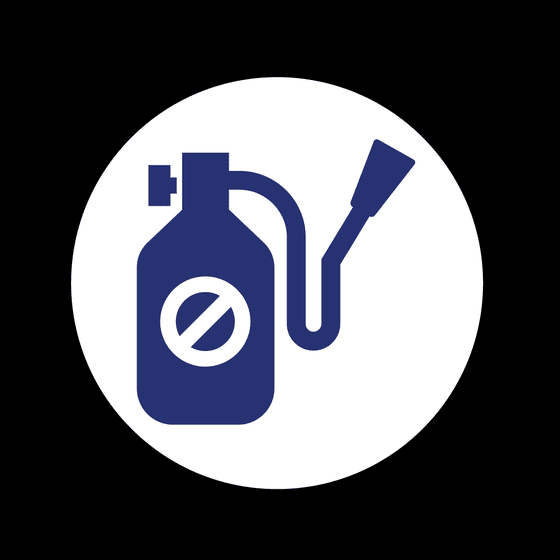Draft Risk Assessment for Atrazine Identifies Potential Risks to Workers
EPA’s new draft human health risk assessment for atrazine, one of the most widely used agricultural pesticides in the U.S., identifies potential risks to workers who apply atrazine or enter treated fields after application. Atrazine is primarily used on corn, sorghum, and sugarcane crops, but it is also used to a lesser extent on residential lawns and golf courses. The pesticide is formulated as liquid, water dispersible granule, wettable powder in water soluble bags, and granules.
EPA found that baseline attire—long-sleeved shirts, long pants, shoes, and socks—and chemical-resistant gloves are required when using atrazine in its liquid, water dispersible granule, and wettable powder forms. Only some granular formulations require workers to wear baseline attire and/or additional personal protective equipment.
EPA calculated workers’ dermal and inhalation exposure and risk for the registered uses of atrazine as part of the risk assessment process.
The full document is available from
Regulations.gov
.
NEWSWATCH

CHEMICAL AND MATERIAL HAZARDS

